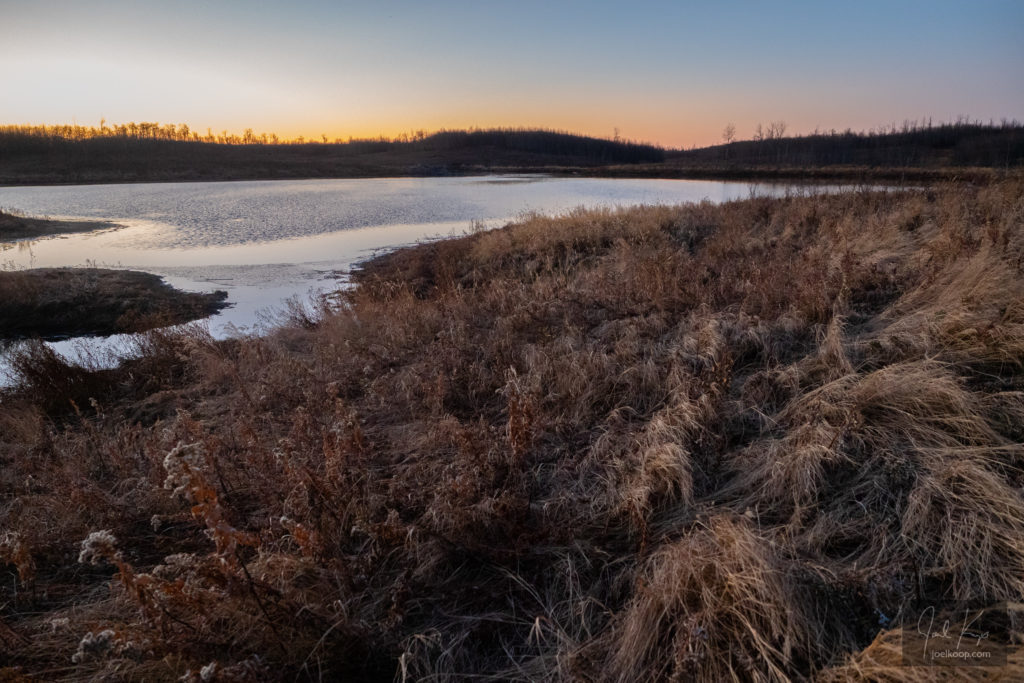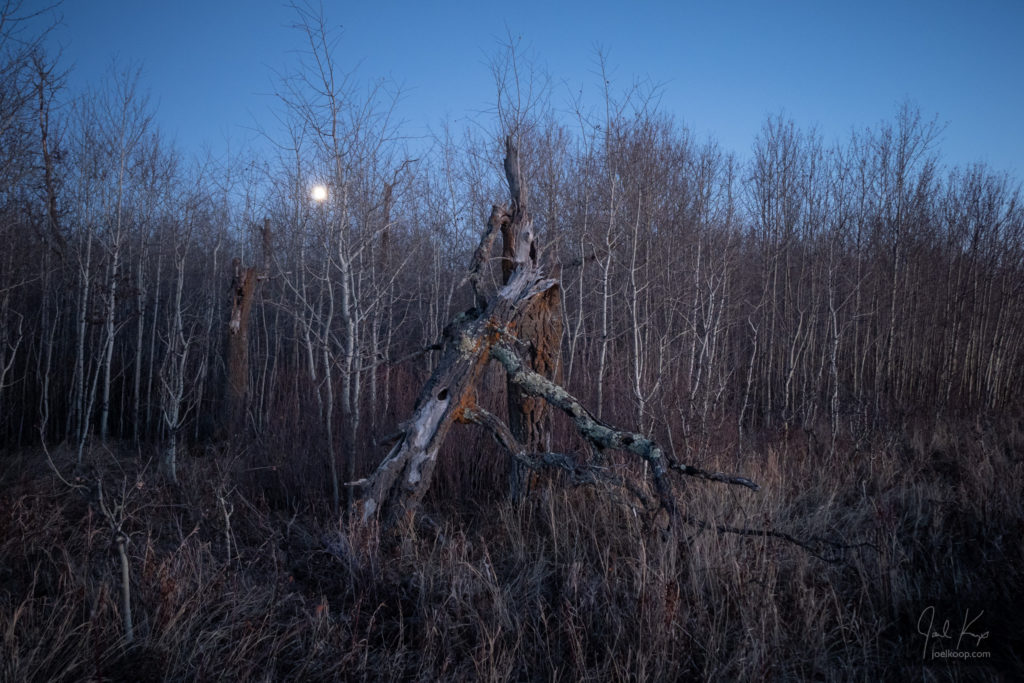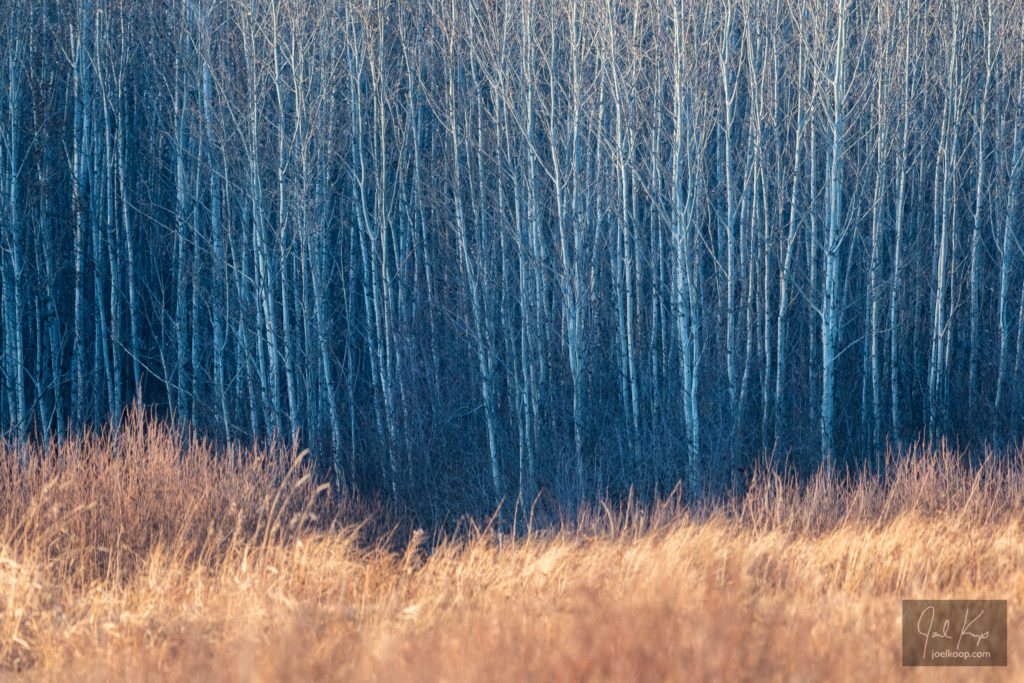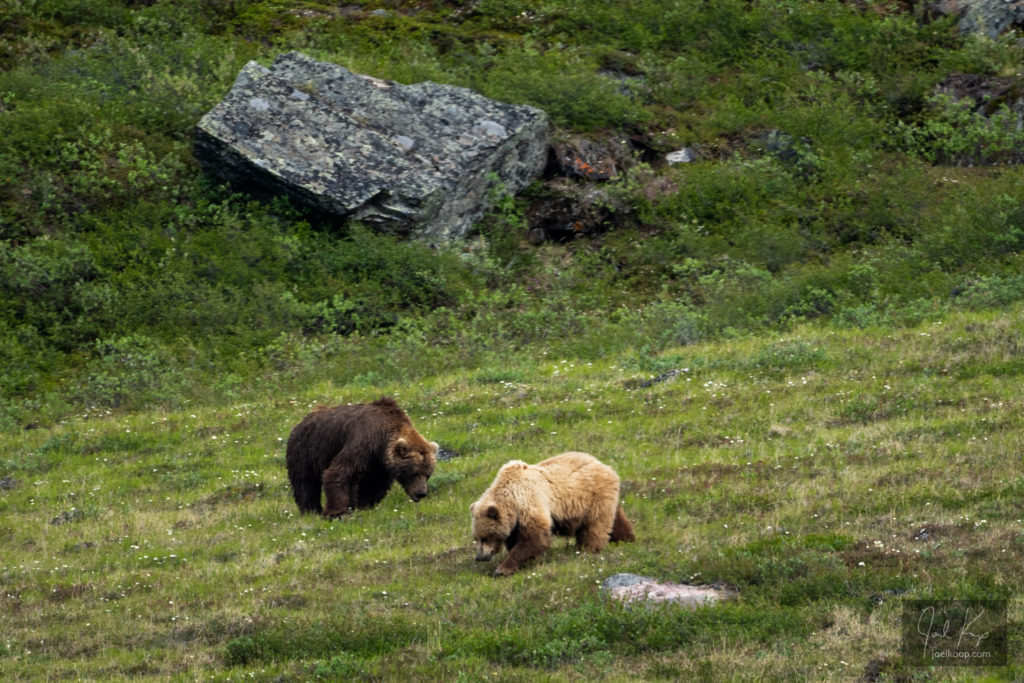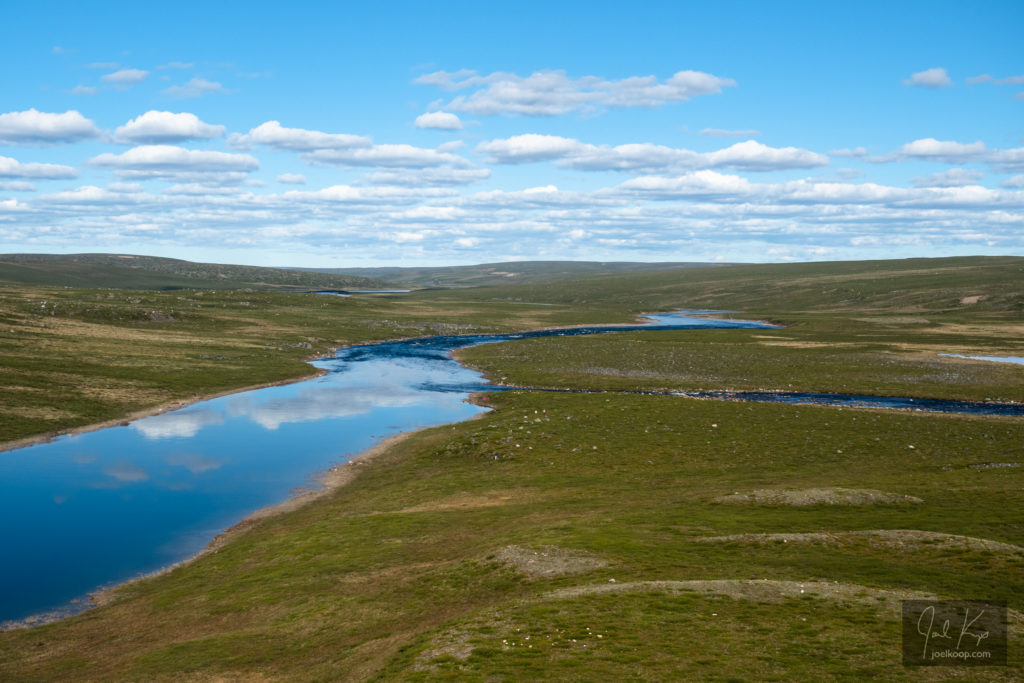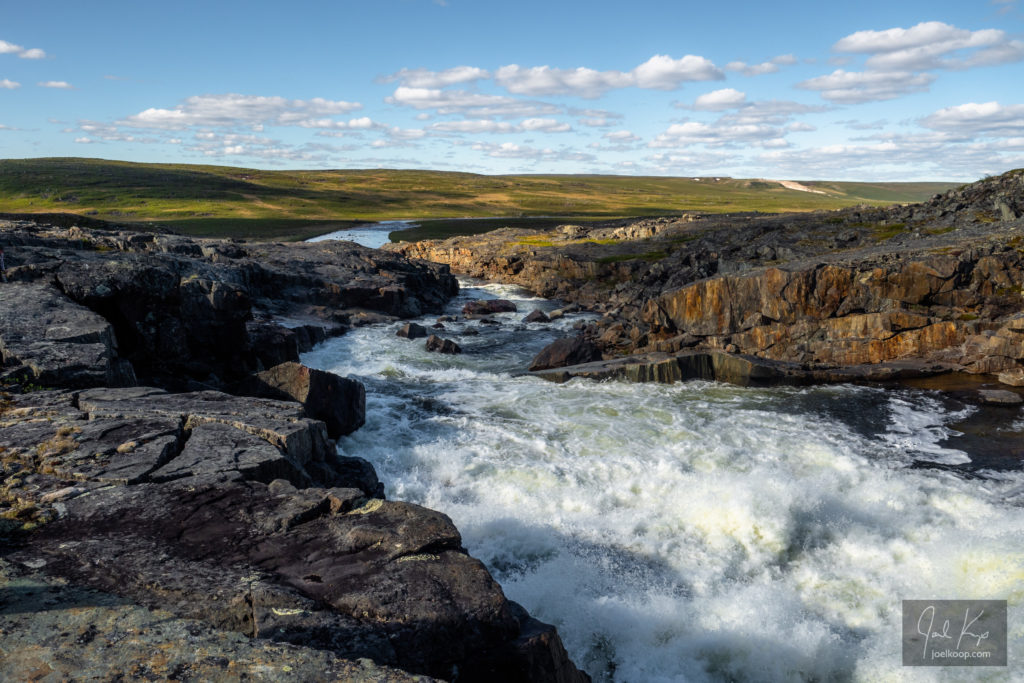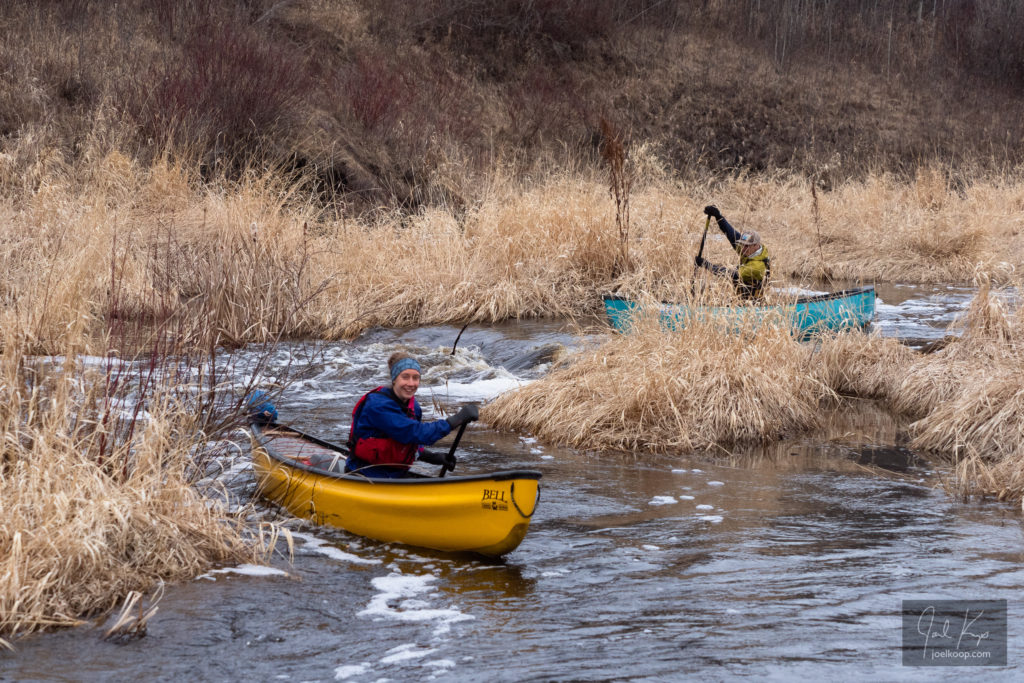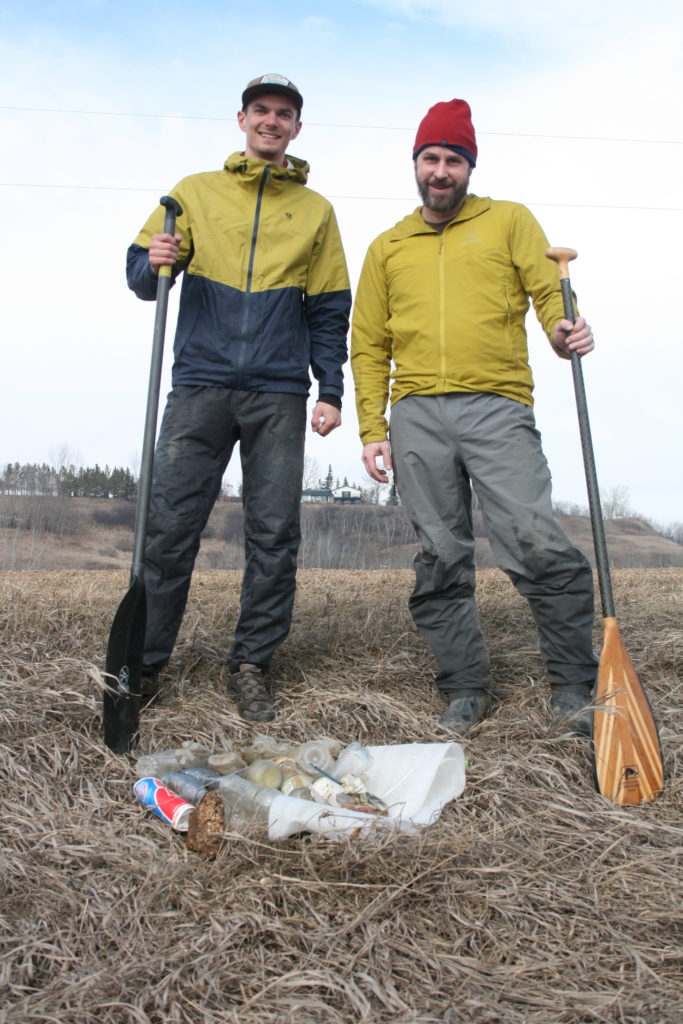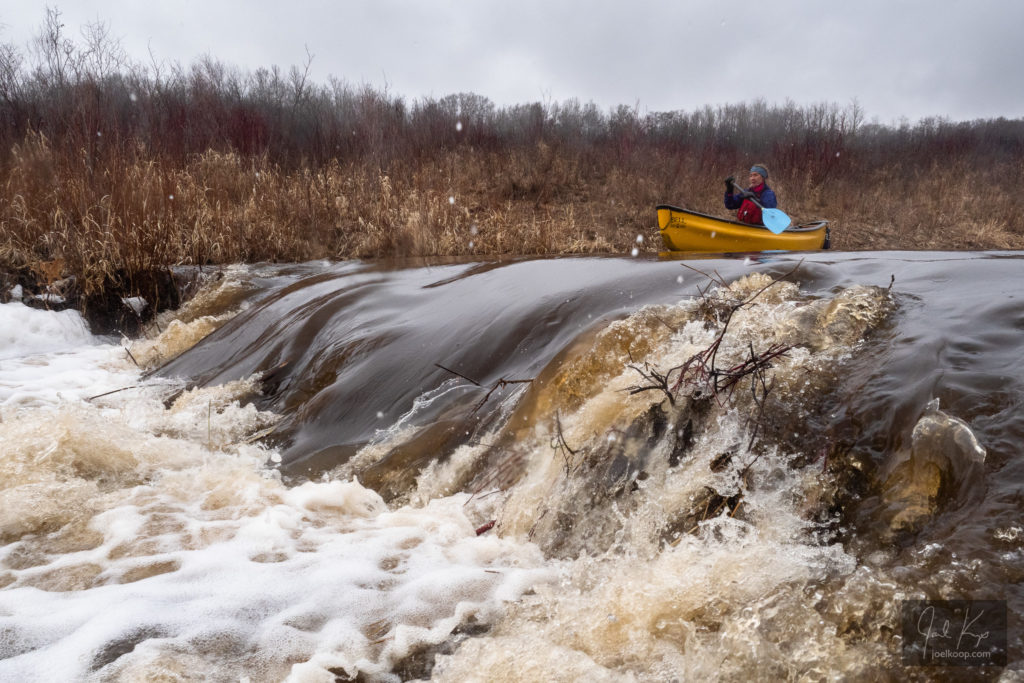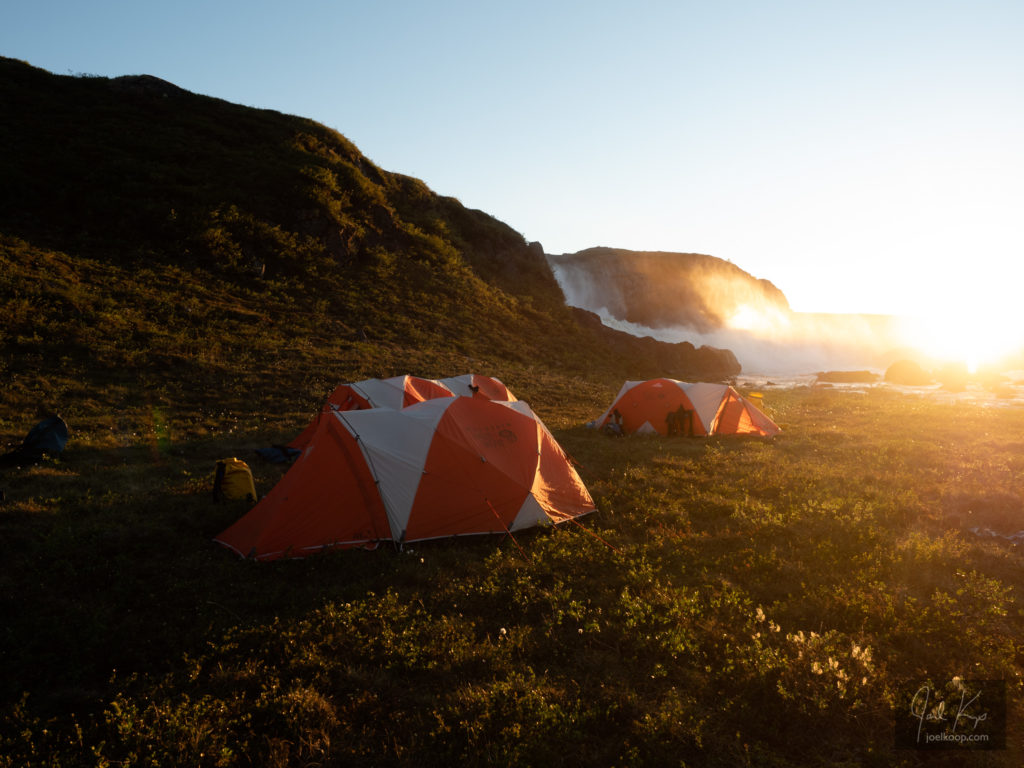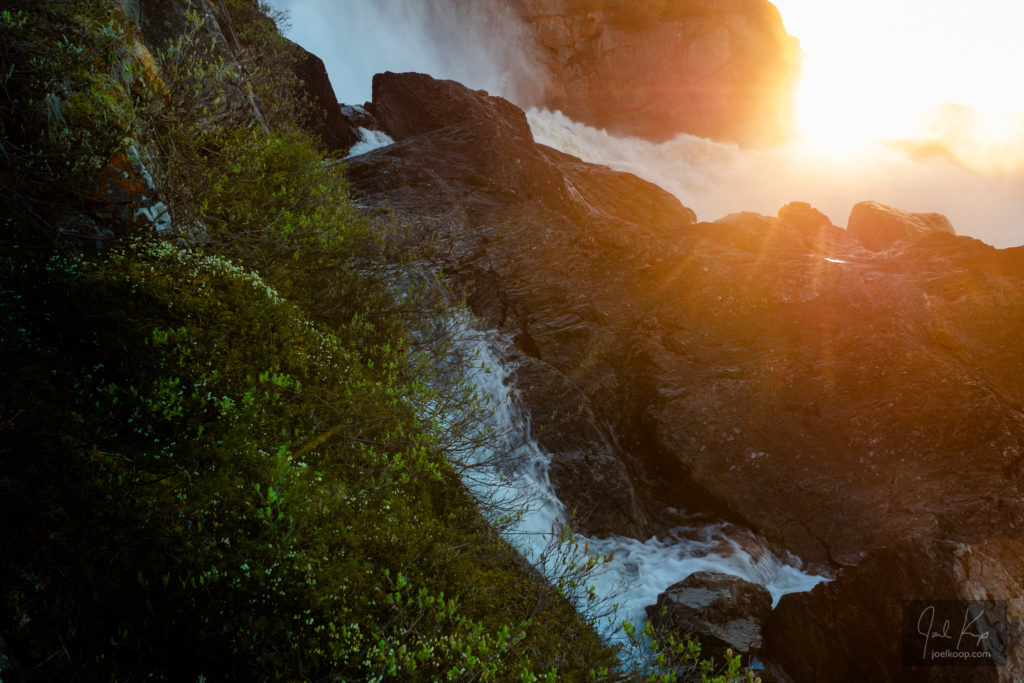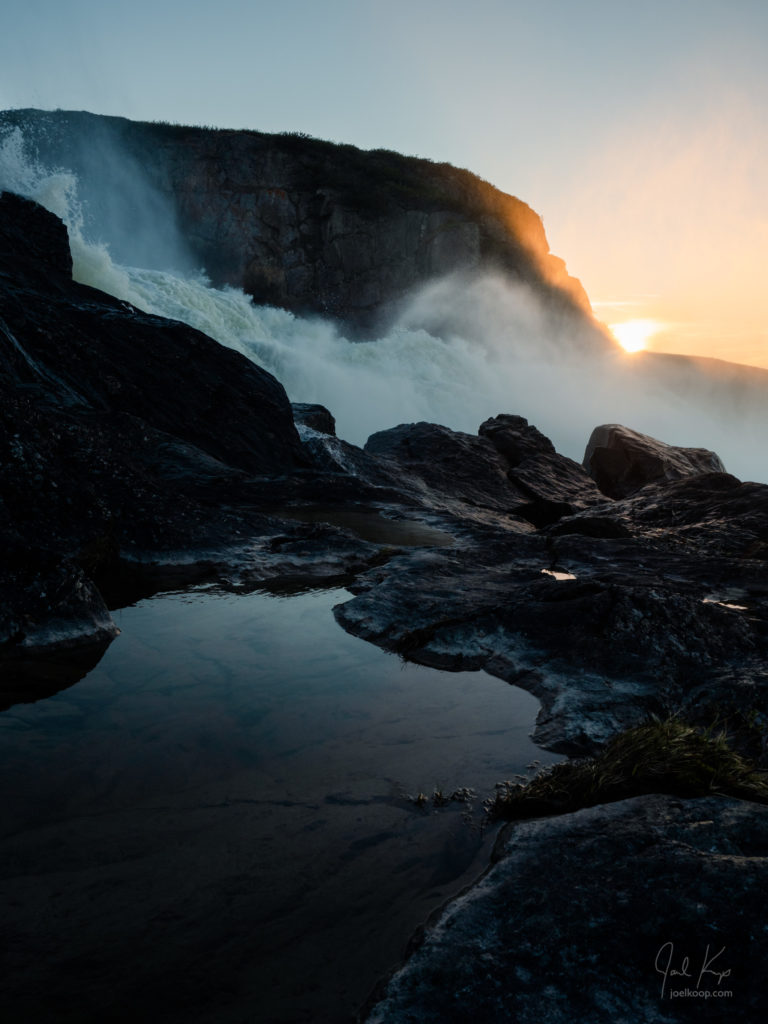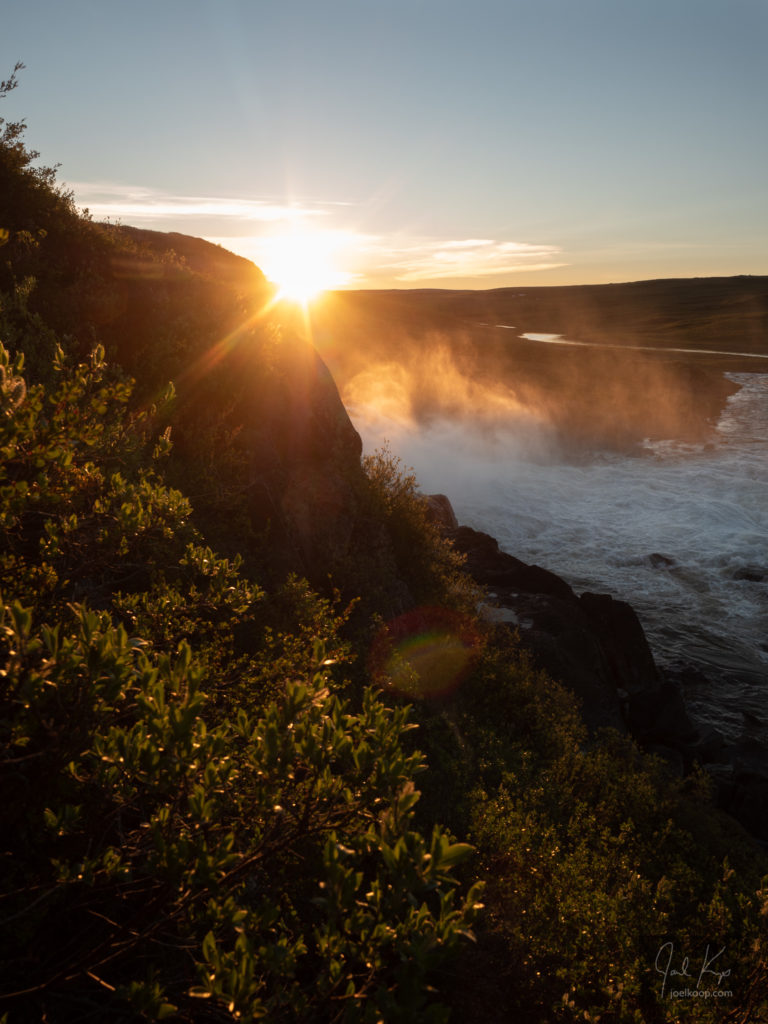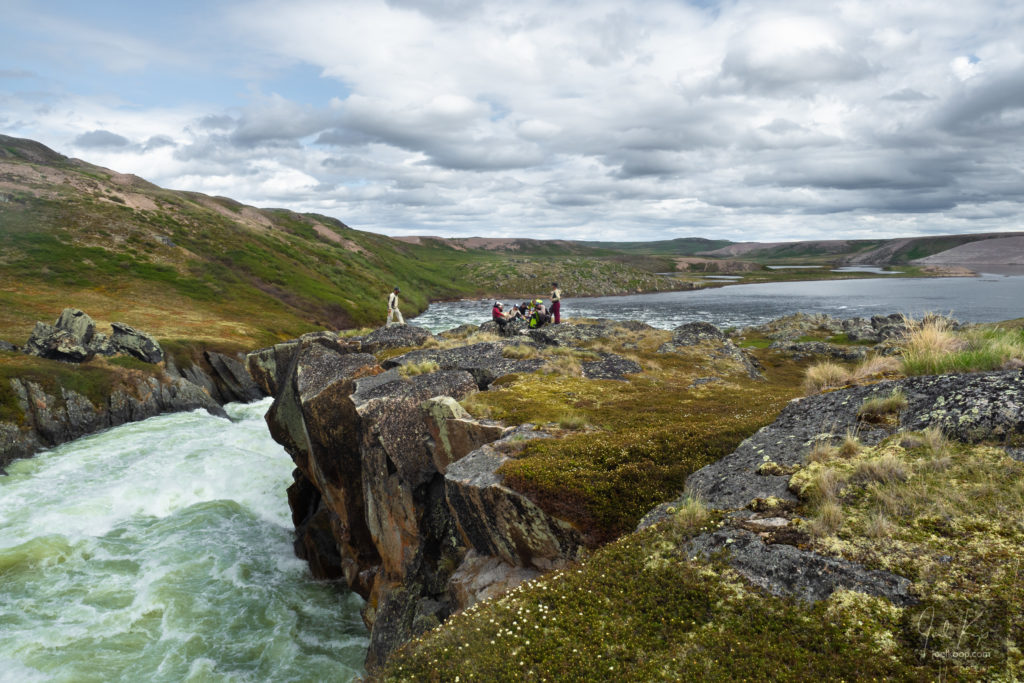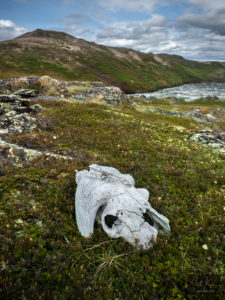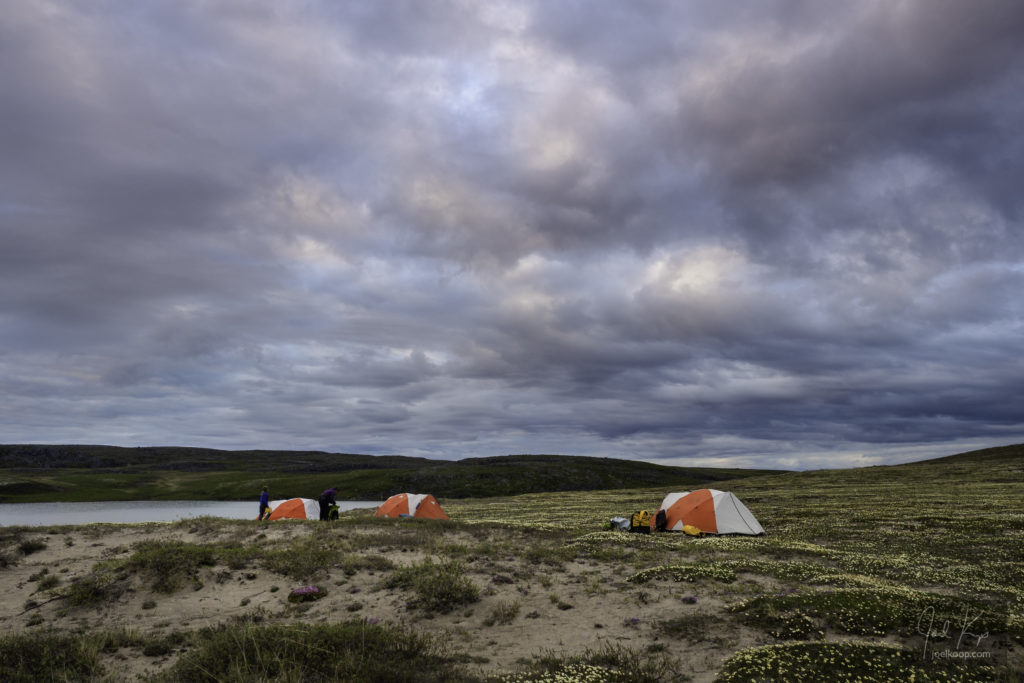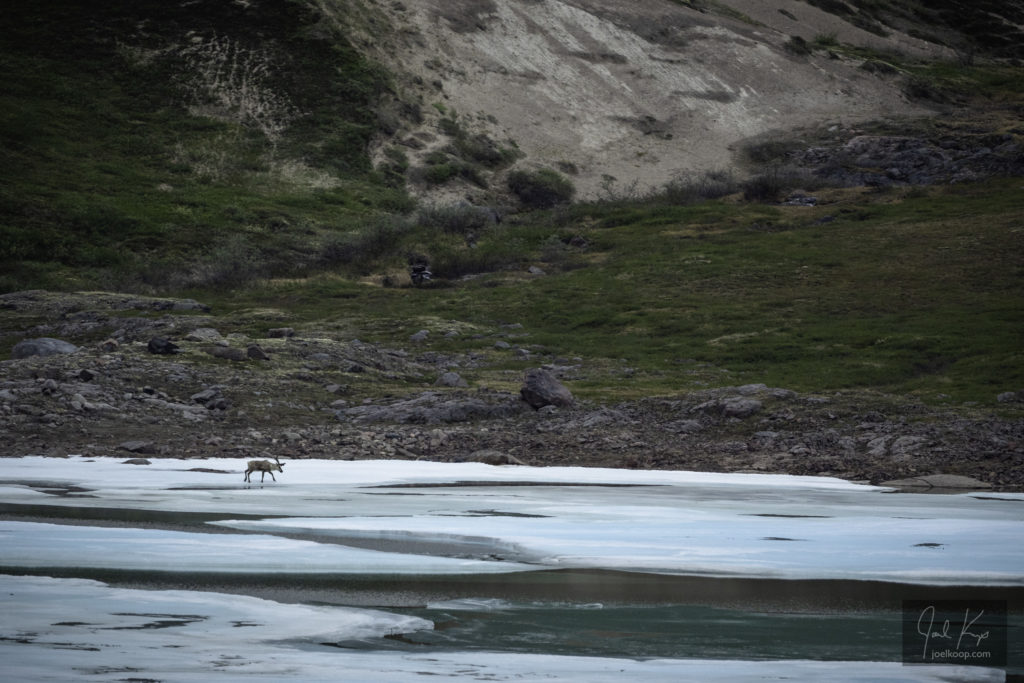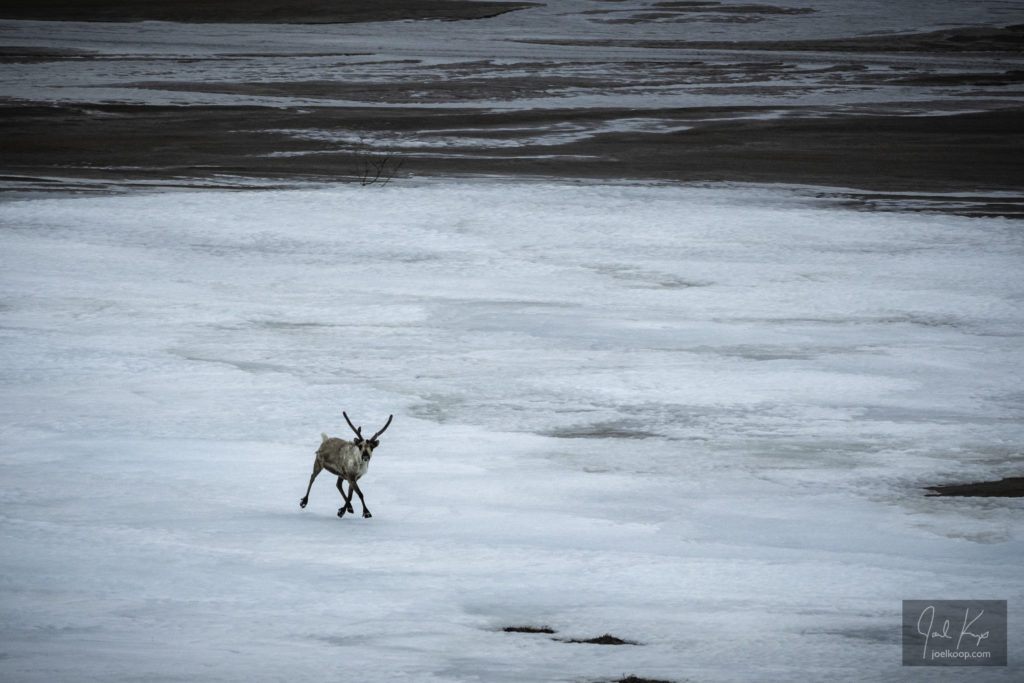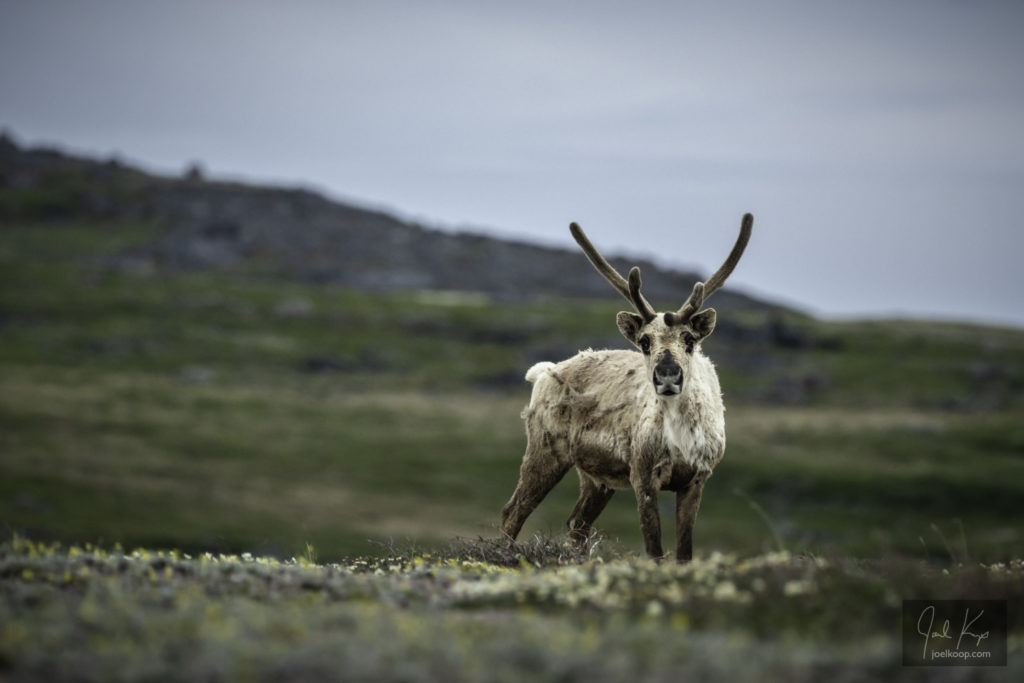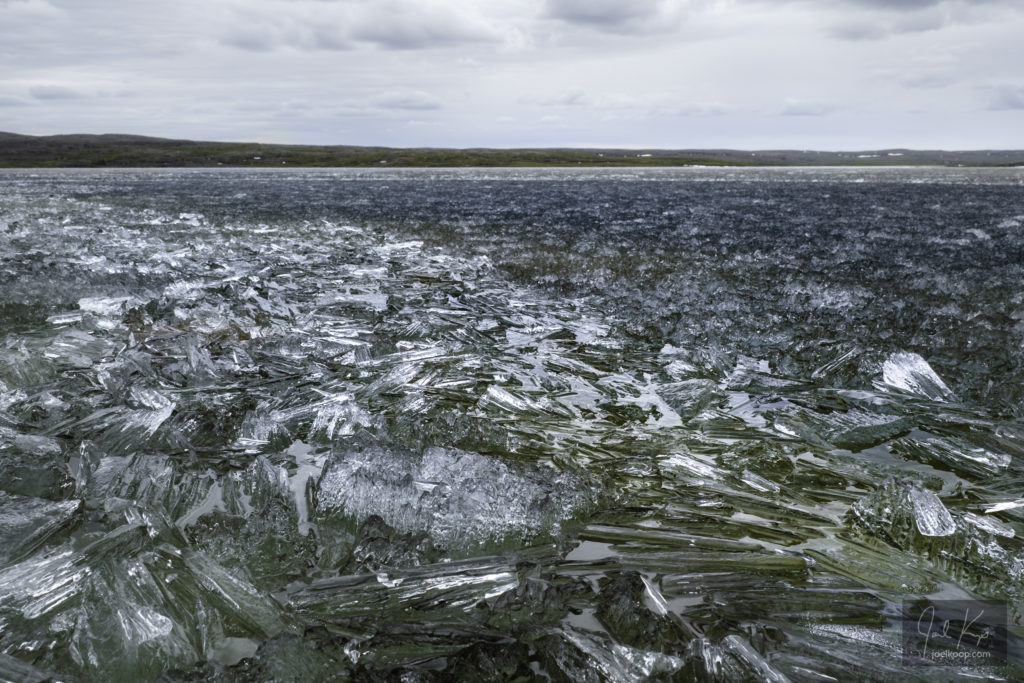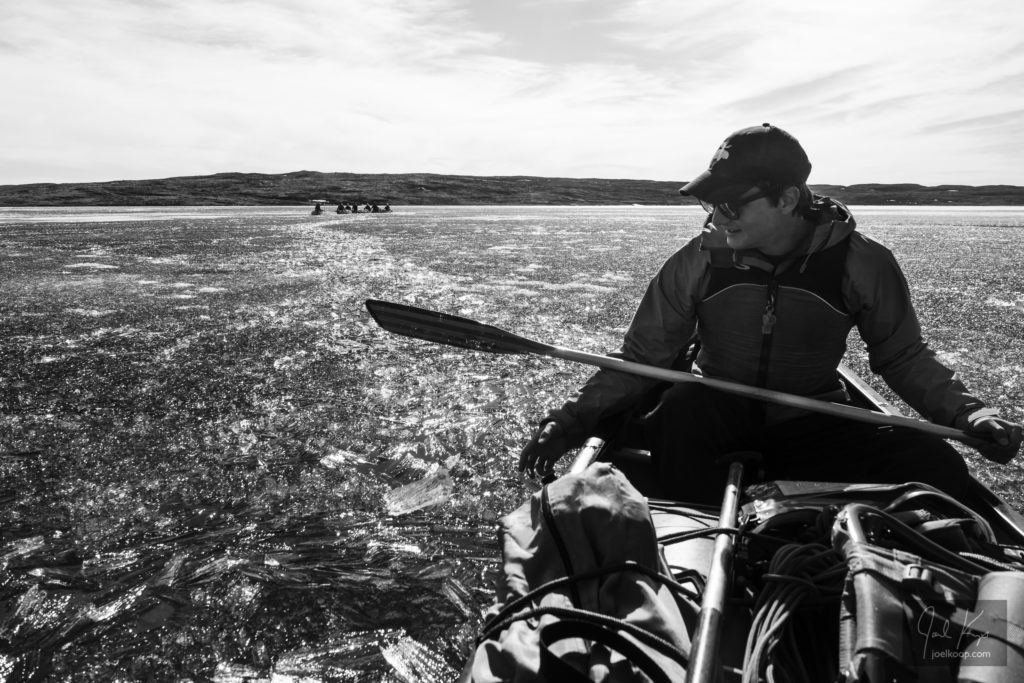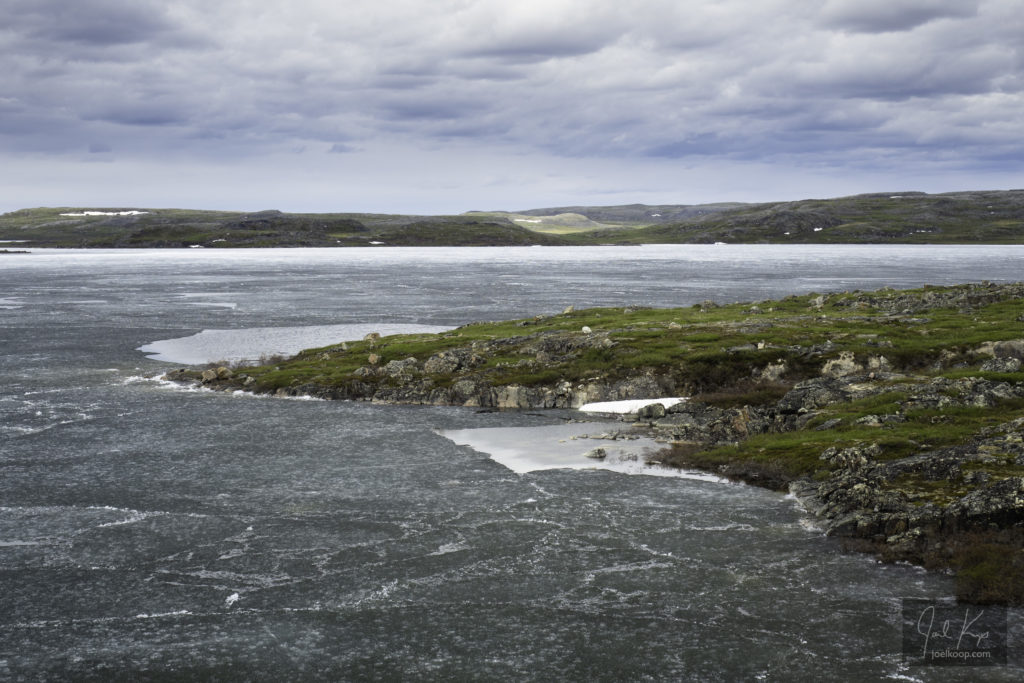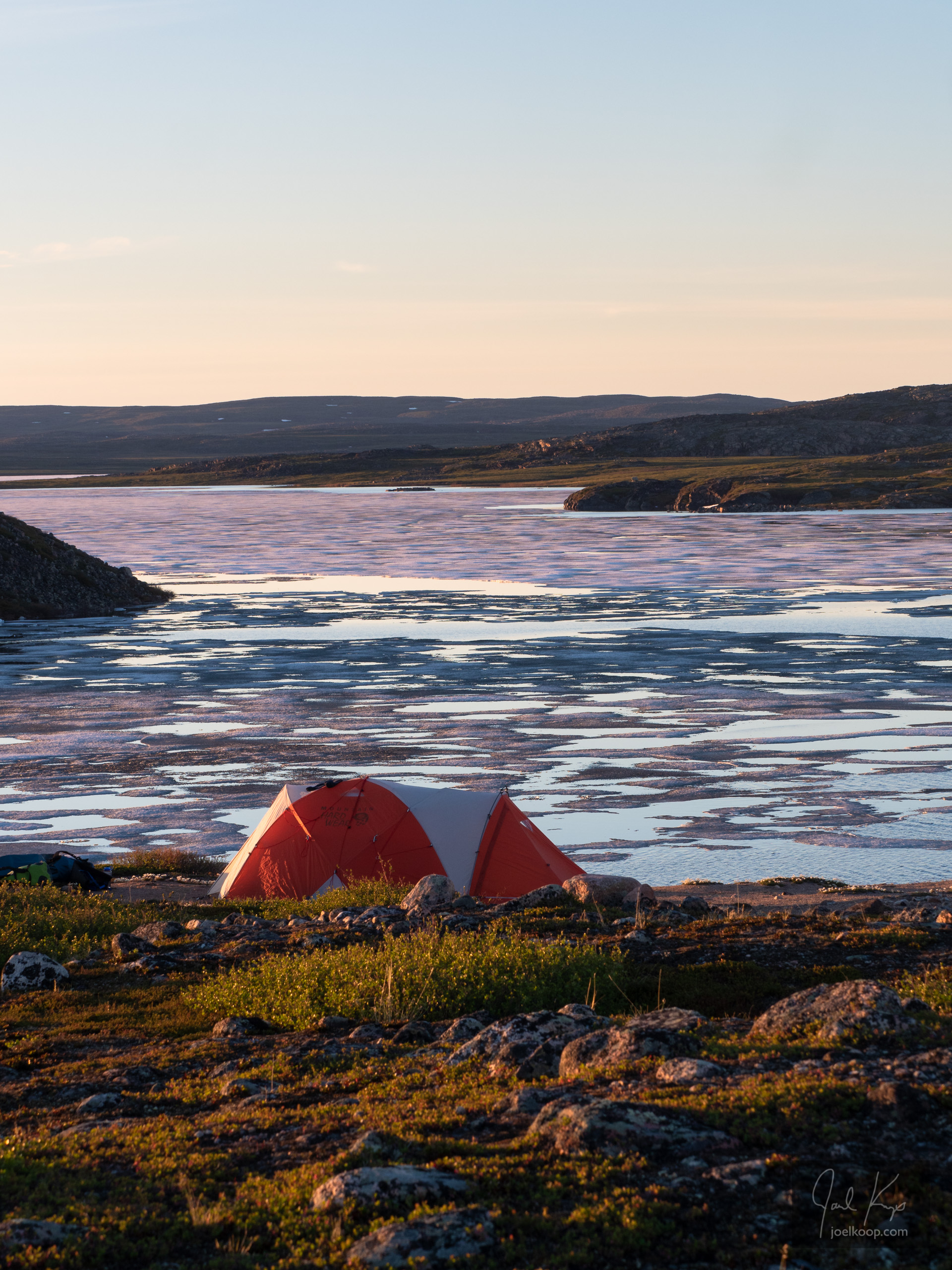Time in nature is important for everyone. It doesn’t require a long trip. It doesn’t require a canoe. It doesn’t require fancy camping gear. It doesn’t even require much knowledge, although all these things help.
When I’ve had time to post lately I’ve been posting photos from multi-week expeditions in remote locations that not a lot of people get to experience. These adventures have been really exciting for me and have helped me develop my outdoor skills. This spring, I’ve been leading week-long canoe trips for high school students, enabling them to see places and have experiences that they wouldn’t get to normally. And I’m convinced these are all good things.
But for most of us, taking a week off work is tough. And figuring out how to acquire camping gear, a canoe, and the knowledge to safely paddle a river is often unrealistic. To experience the outdoors, you don’t need these things. My hope for the high school students I’m leading on trips is that they will gain an appreciation for spending time outside, not just on trips.
I live in Edmonton, and though I rarely post pictures from here, I run through the forest in the river valley close to my home every week. This is an essential dose of nature for me that anyone can experience. Our trails in the river valley in Edmonton are great and everyone here has access to them!
If you have a car, Elk Island National Park is an easy place to get to for an evening walk or picnic (or try Cooking Lake Recreation Area if you don’t want to pay the National Park fees). All these photos are from a two hour walk in Elk Island. This time and nature is no less valuable than weeks in the wilderness. It does the same thing for me – it renews my sense of wonder and joy.
I hope everyone reading this takes the time to enjoy nature in the next week, even if it’s just a short walk in your local park. This still counts as an adventure!

